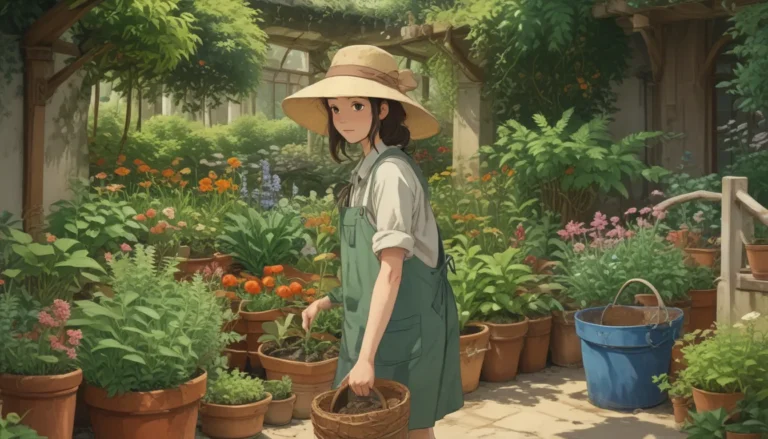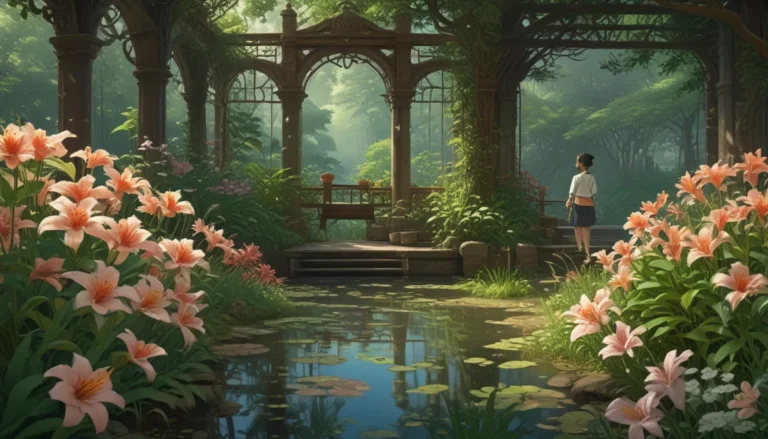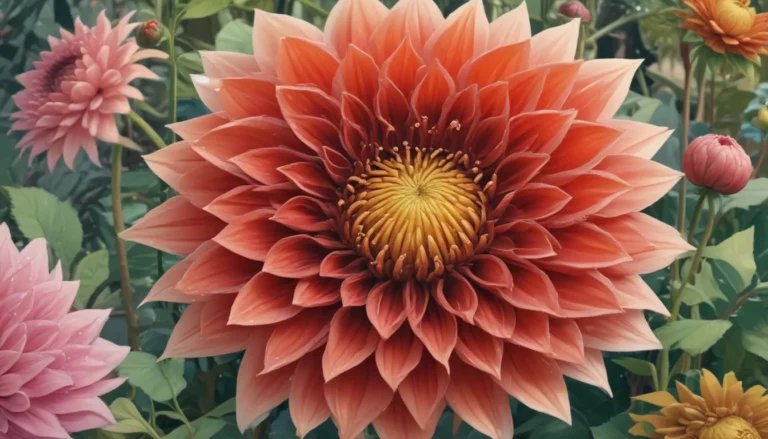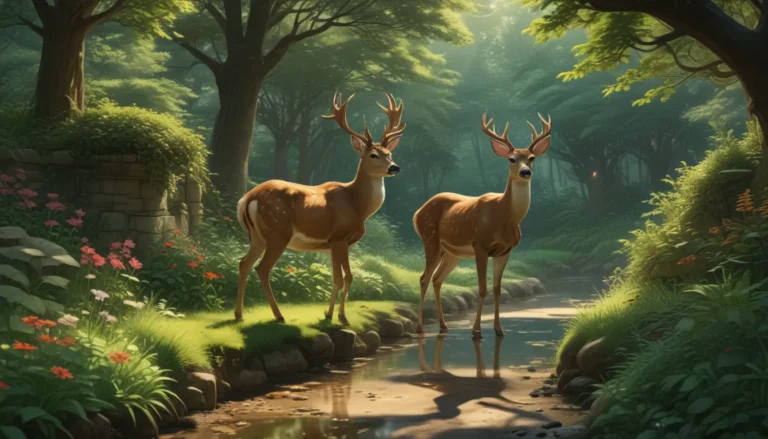The Ultimate Guide to Growing and Caring for Baby Blue Eyes
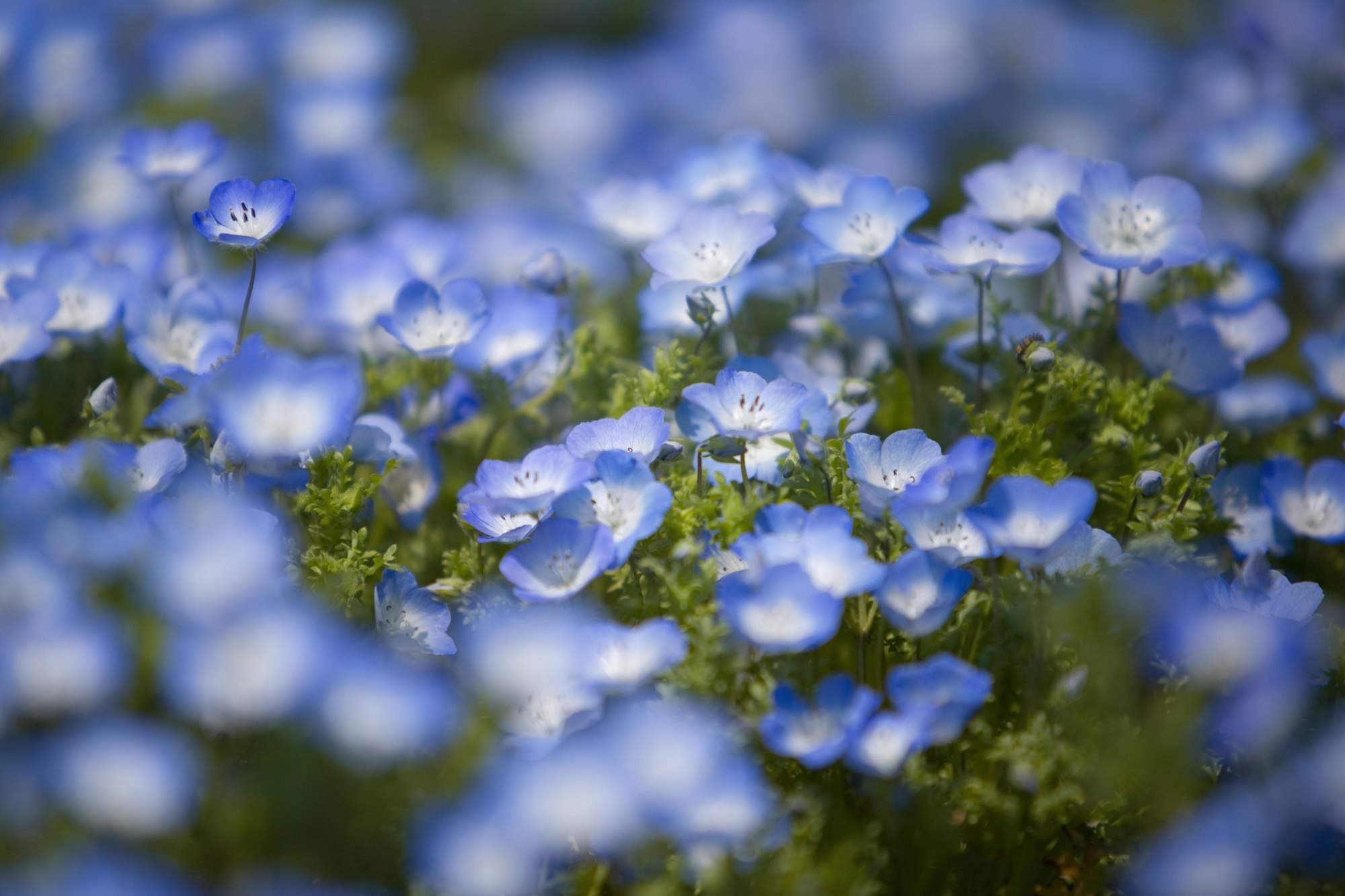
Are you looking for a delightful addition to your garden that will captivate you with its charming beauty? Look no further than the enchanting Baby Blue Eyes (Nemophila menziesii)! This low-growing annual boasts stunning sky-blue flowers with white centers, creating a mesmerizing display in any garden. In this ultimate guide, we’ll walk you through everything you need to know to successfully grow and care for these delightful blooms.
Getting to Know Baby Blue Eyes
Baby Blue Eyes, also known as Nemophila menziesii, is a native wildflower of California and Oregon. It typically grows to a height of 6-12 inches and spreads about 12-18 inches wide, making it an excellent choice for borders, rock gardens, or as a groundcover. The plant blooms profusely in spring and early summer, covering itself with dainty, cup-shaped flowers that are irresistible to bees and other pollinators.
Ideal Growing Conditions
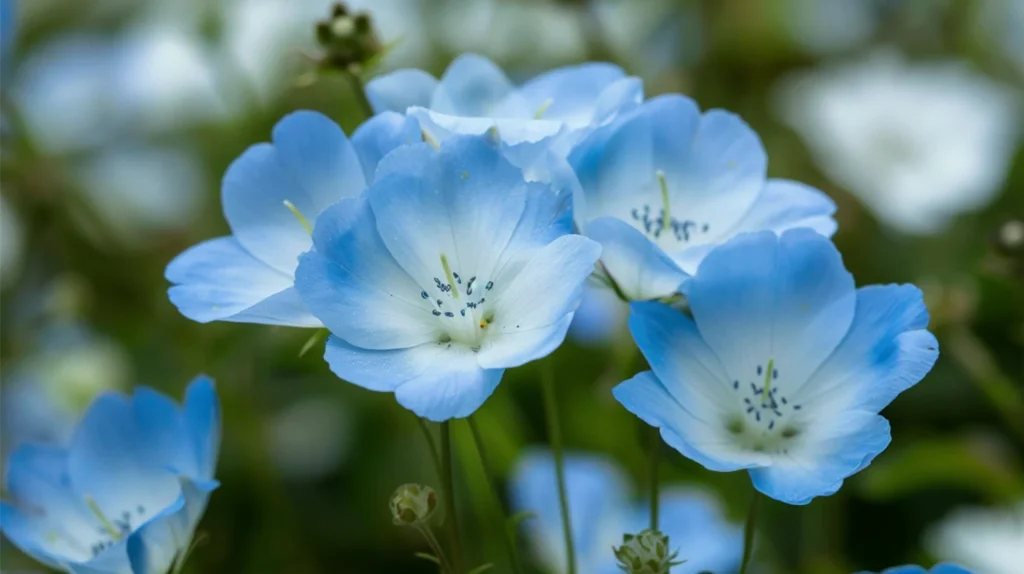
To ensure your Baby Blue Eyes thrive, it’s essential to provide them with the right growing conditions:
- Sun Exposure: Baby Blue Eyes prefer full sun to partial shade. In hotter climates, they appreciate some afternoon shade to protect them from the intense heat.
- Soil: These plants grow best in well-draining soil that is rich in organic matter. They can tolerate a range of soil types but avoid heavy clay or overly sandy soils.
- Water: Keep the soil consistently moist but not soggy. Baby Blue Eyes are relatively drought-tolerant once established but perform best with regular watering.
- Temperature: Baby Blue Eyes are cool-season annuals and thrive in temperatures between 50-70°F (10-21°C). They can tolerate light frost but will decline in hot summer weather.
Planting Baby Blue Eyes
To plant Baby Blue Eyes, follow these simple steps:
- Choose a suitable location that receives full sun to partial shade and has well-draining soil.
- Sow the seeds directly in the garden in early spring or fall, about 4-6 weeks before the last frost date. You can also start them indoors 6-8 weeks before the last frost and transplant them outdoors later.
- Scatter the seeds on the prepared soil and lightly cover them with a thin layer of soil, about 1/8 inch deep.
- Water the seeds gently and keep the soil consistently moist until germination occurs, which typically takes 7-14 days.
- Once the seedlings have grown a few inches tall, thin them out to about 6-8 inches apart to provide adequate space for growth.
Caring for Baby Blue Eyes
Caring for Baby Blue Eyes is relatively easy, making them an excellent choice for both novice and experienced gardeners:
- Watering: Water your Baby Blue Eyes regularly, especially during dry spells. Aim to keep the soil consistently moist but not waterlogged. Avoid getting water on the foliage to prevent fungal diseases.
- Fertilizing: Baby Blue Eyes generally don’t require much fertilization. If desired, you can apply a balanced, slow-release fertilizer once a month during the growing season.
- Deadheading: To encourage continuous blooming, deadhead the spent flowers regularly. This will prevent the plant from setting seed and redirect its energy into producing more blooms.
- Pests and Diseases: Baby Blue Eyes are relatively resistant to pests and diseases. However, keep an eye out for common issues such as aphids, slugs, and powdery mildew. Address any problems promptly to keep your plants healthy.
Companion Planting
Baby Blue Eyes make wonderful companions for various other plants in the garden. Here are some excellent options to consider:
- California Poppy (Eschscholzia californica): The vibrant orange blooms of California Poppy create a stunning contrast against the soft blue hues of Baby Blue Eyes.
- Scarlet Flax (Linum grandiflorum): The delicate red flowers of Scarlet Flax beautifully complement the blue blooms of Baby Blue Eyes, creating a charming color combination.
- Sweet Alyssum (Lobularia maritima): The dainty white or purple flowers of Sweet Alyssum make a lovely backdrop for Baby Blue Eyes, enhancing their visual appeal.
- Dwarf Tickseed (Coreopsis tinctoria): The cheerful yellow blooms of Dwarf Tickseed add a pop of sunshine to the garden when paired with Baby Blue Eyes.
Using Baby Blue Eyes in the Garden
Baby Blue Eyes are incredibly versatile and can be used in various ways in the garden:
- Borders: Plant Baby Blue Eyes along the edges of garden beds or pathways for a delightful border that will catch the eye of passersby.
- Rock Gardens: Their low-growing habit and tolerance for well-draining soil make Baby Blue Eyes an excellent choice for rock gardens, where they can softly cascade over rocks and boulders.
- Groundcover: Mass plant Baby Blue Eyes to create a charming groundcover that will suppress weeds and add a carpet of color to your garden.
- Container Gardens: Baby Blue Eyes can also be grown in pots, hanging baskets, or window boxes, bringing their enchanting beauty to patios, balconies, or indoor spaces.
Propagating Baby Blue Eyes
Baby Blue Eyes are annuals, meaning they complete their life cycle in one growing season. To enjoy their beauty year after year, you’ll need to propagate them:
- Seed Saving: Allow some of the flowers to mature and form seed pods. Once the pods have dried, collect the seeds and store them in a cool, dry place until the next planting season.
- Self-Seeding: If you allow some of the flowers to go to seed in the garden, Baby Blue Eyes may self-seed and reappear the following year. However, the new plants may not be identical to the parent plant due to genetic variations.
Frequently Asked Questions
Can Baby Blue Eyes tolerate frost?
Baby Blue Eyes can tolerate light frost but will suffer damage in severe cold. In regions with harsh winters, it’s best to treat them as annuals and replant them each year.
How long do Baby Blue Eyes bloom?
Baby Blue Eyes typically bloom for 4-6 weeks in spring and early summer. With regular deadheading, they may continue to produce some flowers throughout the summer.
Are Baby Blue Eyes deer-resistant?
While no plant is entirely deer-proof, Baby Blue Eyes are generally not a favorite among deer. However, in areas with heavy deer pressure, they may still be nibbled on occasionally.
Can Baby Blue Eyes be grown indoors?
Baby Blue Eyes can be grown indoors as long as they receive adequate sunlight and proper care. Place them near a sunny window and ensure they have well-draining soil and regular watering.
Conclusion
Baby Blue Eyes are a delightful addition to any garden, enchanting with their charming sky-blue flowers and easy-going nature. By providing them with the right growing conditions, regular care, and a bit of creativity in garden design, you can enjoy the captivating beauty of these lovely annuals. So why not add some Baby Blue Eyes to your garden this season and watch them work their magic?
